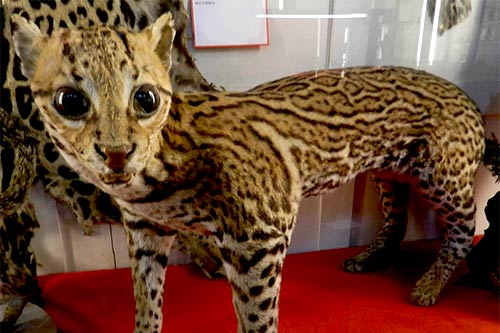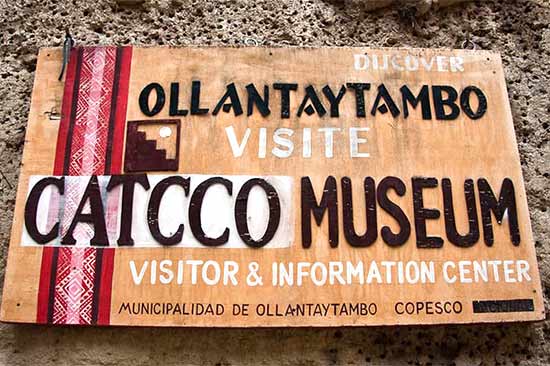Cusco before the Inca period
The first settlements of men and women in Cusco were formed approximately 5 thousand years before the Christian era. It is worth highlighting cultures such as: Marcavalle, Chanapata, Lucre, Cotacalle, Killke and the Wari. The oldest human finding in this Andean region “the Man of Qhorqa” shows an area of cave paintings with 4 thousand years old. The Incas adopted many cultural aspects of these cultures, especially the Quechua language. The Wari (from the 7th to the 13th century AD). The Wari built important citadels in Cusco such as Piquillacta, located in the South Valley. This citadel still shows visitors its enormous adobe constructions, its enclosures with up to three floors, as well as its long streets, ideal for taking unforgettable photographs.
The origins of the Incas in Cusco
Historical sources indicate that the Incas originated from the altiplano region (currently shared by Peru and Bolivia) looking for a new territory after being threatened by the warlike Aymara ethnic groups. In search of a new territory to settle, they arrived in Cusco where, over the years, they would build the largest empire in South America.
On the other hand, the Inca tradition narrates two legends of the Inca origin, which have survived until today. The first is the legend of the Ayar Brothers. The second, the legend of Manco Cápac and Mama Ocllo. In a different way, the two legends have fantastic elements of the great journey that the first Incas made to find a sacred place to live. Thus, guided by the gods of the sun and the moon, the Incas arrived in the valley of Cusco where they settled, along with other ethnic groups and cultures.
The legend of the Ayar brothers It narrates the creation of the Andean god Huiracocha who ordered his four sons to find a fertile land where they can settle and grow corn. Thus, the 4 Ayar brothers departed from the Pacaritambo cave together with their respective partners: a) Ayar Cachi and Mama Huaco, Ayar Uchu and Mama Ipacura, Ayar Auca and Mama Rahua, and Ayar Manco and Mama Ocllo.
Each brother was the leader of an ayllu or group of families. Ayar Cachi, was the strongest and most temperamental brother who caused fear in his brothers. It was so that he was deceived and taken to the ‘Tampu Tocco’ cavern where the other brothers decided to lock him up with a huge rock to continue their journey. On Mount ‘Huanacauri’ they found a stone idol. Ayar Uchu, fearful of this finding, also turned to stone by challenging this structure. The others continued with the journey until they found fertile land, where the rod finally sank. Ayar Auca, who sprouted wings, flew there. There he found a temple where Ayar Auca, in turn, was turned into stone. This temple was the Coricancha, the historic temple of the sun. It was thus that Ayar Manco (Manco Cápac) was the first Inca to submit to the other ayllus of Cusco, founding a new civilization.
The legend of Manco Cápac and Mama Ocllo tells the story of the sun god (Inti, in the Quechua language) who ordered his children Manco Cápac and Mama Ocllo the mission of founding a new civilization that will end the chaos that reigned in the world. To fulfill this mission he gave them a golden scepter. The sun god told them that where the scepter sinks would be the place chosen to found the kingdom of the Incas.
However, Manco Cápac and Mama Ocllo spent many years in search of the fertile valley where they would found the new civilization. Finally, one day they reached the foot of the hill ‘Huanacaure’. There the golden scepter finally sank and they founded the Inca civilization. At first Manco Cápac and Mama Ocllo were forced to deal with the Quechua peoples who were already located in Cusco. Then, Manco Cápac taught men to cultivate the land, hunt and build homes. Mama Ocllo taught the women how to knit, cook and more.
The Incas, the largest empire in South America
The Incas founded the largest empire in South America (covering vast regions of Peru, Bolivia, Ecuador, Colombia, Chile, and Argentina). Although its existence was short (approximately two hundred years), the Incas achieved outstanding development in different cultural aspects such as: architecture, textiles, ceramics, religion and more. To achieve this great cultural development, the Incas synthesized various aspects of other cultures, especially the Wari and Tiahuanaco.
The city of Cusco (Qosqo), in the heart of the Andes Mountains, was the capital of the vast Inca empire. At the beginning, and for nearly two centuries, the Incas were a curacazgo (a group of several families) who lived in the Cusco valley with other cultures and ethnic groups. Until in 1438, the young leader Pachacutec managed to defeat the fearsome chancas, the main rivals of the Incas. It was then that he founded the Tahuantinsuyo empire. In the following years its expansion across the continent was dizzying.
Until today, the passage of the Incas through the city of Cusco shows an indelible mark with immense constructions such as Sacsayhuaman, the Coricancha and more. How did they manage to carve the stones at will without modern tools? There are still many mysteries around the passage of the Incas through the city of Cusco.
Colonialism in Cusco
November 16, 1532 was one of the most important dates in the history of Peru. That day, under the command of Francisco Pizarro, thousands of men captured the Emperor Atahualpa. After a ferocious massacre between aboriginal settlers, the Inca was captured. In the following months, the Spanish gained power and thus founded the Viceroyalty of Peru (under a decree promulgated in 1543).
In the city of Cusco, after the capture of Atahualpa, different battles took place between the Incas (under the leadership of Manco Inca) and the Spanish (who had control of a large army of aborigines). In 1572, the last rebel Incas of Vilcabamba were exterminated and colonialism was established in the old capital of the Incas. A clear sign of the presence of the Spanish in Cusco are its beautiful and imposing churches, among which stand out: the Cathedral, the Company of Jesus, the temple of Santo Domingo, the temple of San Francisco and more.
The viceroyalty of Peru began in 1543 and ended in 1821. During this period, drastic changes were made that still persist in various aspects of Peru and Cusco today. For example, the Inca religiosity suffered a rupture after the obligation to worship the Christian gods. Today Cusco is a very Catholic region with a great religious fervor for saints and virgins that were established in colonial times. In addition, the legacy in language, architecture, agriculture, mining and more are important.
Cuzco today
Cusco is currently the most important tourist destination in Peru. According to official statistics, a total of 3.5 million tourists from all over the planet arrived in Cusco -the majority attracted by Machu Picchu-. The Cusco region also offers significant mining and hydrocarbon production. Despite this, Cusco still has high rates of poverty. Child malnutrition and access to education are other serious problems facing this Andean region.
On the other hand, Cusco has many cultural aspects inherited from the Inca and colonial times. For example, 95% of the Cusco population speaks Quechua (the language established by the Incas). From the Incas the famous Inti Raymi festival (which is celebrated every June 24) still survives. Since colonial times, the religious tradition of the Corpus Christi festival has been maintained (the 15 main saints and virgins of the city are taken in procession). Some important dates are 1983, when the city of Cusco was declared a World Heritage Site by Unesco. In addition, in 2007 Machu Picchu was declared one of the ‘new 7 Wonders of the Modern World’, in a worldwide vote. Today one of the best ways to learn about the culture and history of Cusco is to visit its museums. Learn about some of the most important here!
The museums of Cusco that you should know
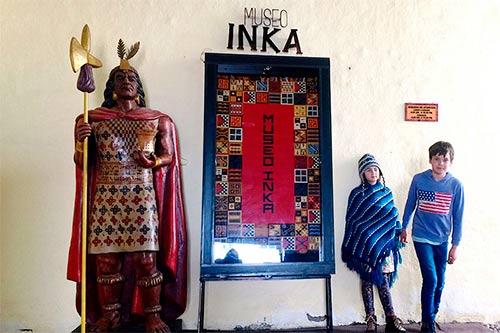
Inca Museum of Cusco
Considered the best of the museums in the city of Cusco. It stands out for its sample of keros, ceramics, Inca textiles and more.
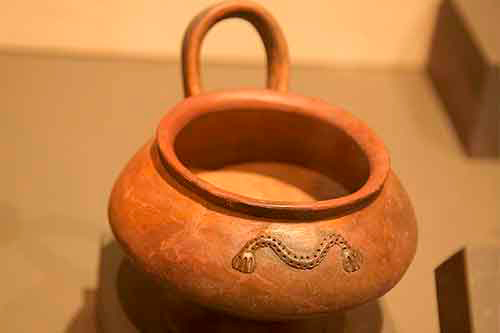
Machupicchu Museum of the Concha House
Museum of the city of Cusco that exhibits objects rescued from Machu Picchu at the beginning of the 20th century.
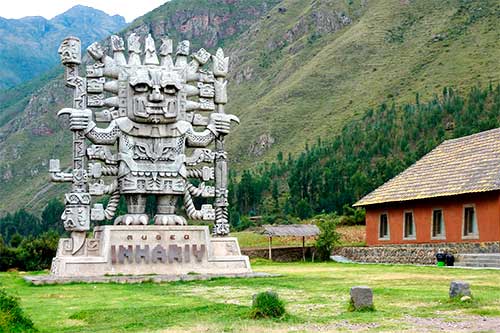
Inkariy Museum
Museum of the Sacred Valley of the Incas that offers a didactic exhibition of pre-Hispanic Peru.
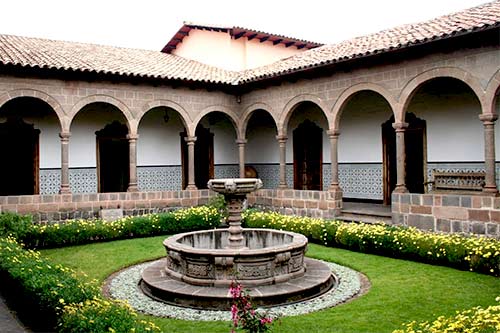
Museum of Religious Art of Cusco
The museum that exhibits the largest collection of viceregal art in the city of Cusco. He stands out for his canvases.
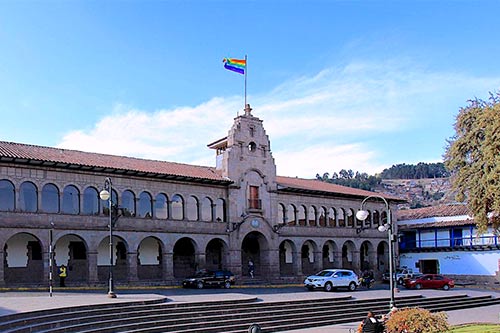
Museum of Contemporary Art of Cusco
Museum of the city of Cusco that has more than 280 works of contemporary art by local artists.
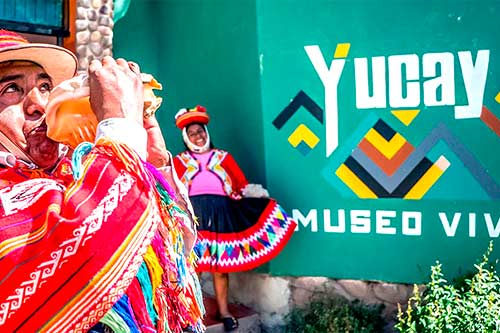
Museum of Living Culture of Yucay
Museum of the town of Yucay that revalues the traditions and culture of the peoples of the Sacred Valley of the Incas.
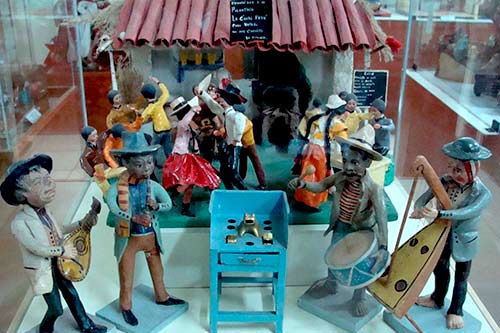
Museum of Popular Art of Cusco
Small museum in the city of Cusco that exhibits work by artisans from Cusco of excellent quality.
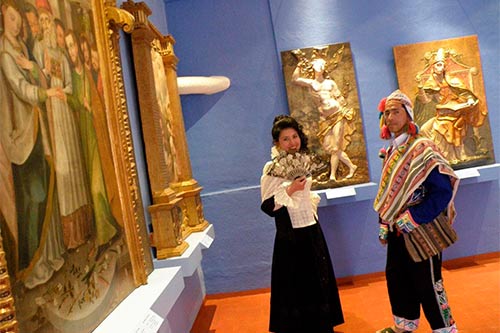
Regional Historical Museum of Cusco
Museum of the city of Cusco (in Casa Garcilaso) that exhibits the history of Cusco, from prehistory to today.
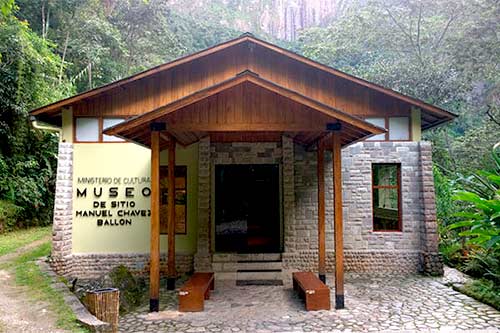
Machu Picchu Site Museum
Museum located in the Machupicchu town that exhibits objects found in the discovery of Machupicchu in 1911.
Questions and answers about the museums of Cusco
What is the best museum in Cusco?
The Inka Museum, in the city of Cusco, is considered the best museum to visit in all of Cusco.
What museum to visit in the Sacred Valley of the Incas?
In the Sacred Valley of the Incas, it is recommended to visit the Inkariy museum, which offers a didactic exhibition of pre-Hispanic Peru.
What museum to visit in Machu Picchu?
The Manuel Chávez Ballón Machu Picchu Site Museum is the most recommended during the visit to the Inca citadel. This museum is located in the town of Aguas Calientes, at the height of the Ruinas bridge.
What museum exhibits colonial pieces in Cusco?
There are several museums that exhibit colonial art in Cusco. Among them, the Museum of Religious Art of Cusco stands out, which exhibits the largest collection of viceregal art such as canvases, furniture and liturgical elements of silver and gold.
Where is the Casa Concha museum in Cusco?
The Casa Concha museum exhibits objects found in Machupicchu at the beginning of the 20th century. It is located in the historic center of the city, on Santa Catalina Ancha street.
In which museum in Cusco are there original Inca pieces?
There are several museums that exhibit original Inca pieces in Cusco. Among them, the Inka museum of Cusco stands out, which exhibits a sample of keros, ceramics, Inca textiles and more.
Is there a museum in Machu Picchu?
Next to the archaeological site of Machu Picchu there is no museum. However, just 5 kilometers away, in the town of Aguas Calientes (at the height of Puente Ruinas) there is the Manuel Chávez Ballón Machu Picchu Site Museum, which exhibits Inca pieces found in the Inca citadel at the beginning of the 20th century.
Where is the Inka Museum? How much does it cost?
The Inka Museum of Cusco is located at Cuesta del Almirante 103 (a few steps from the Plaza de Armas). Admission costs 10 soles for foreigners and 5 soles for Peruvians.

